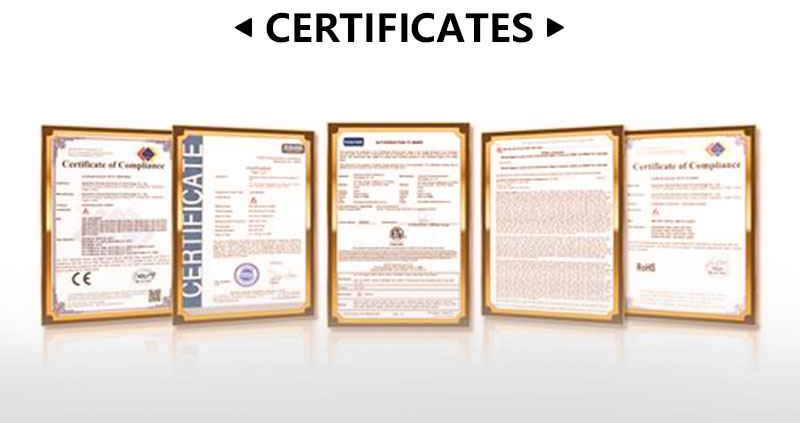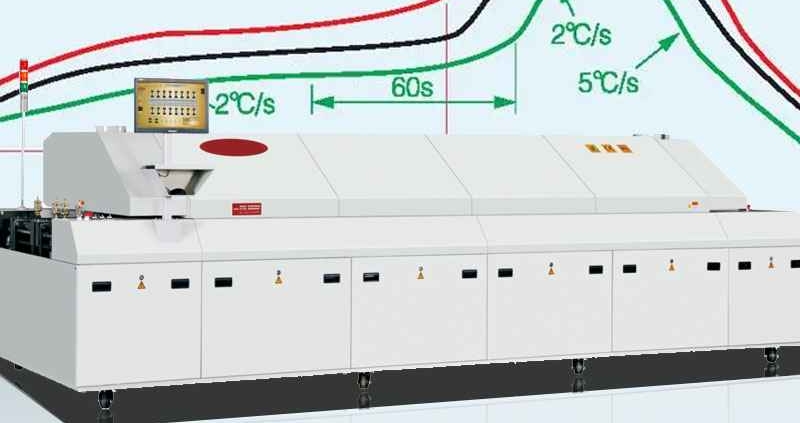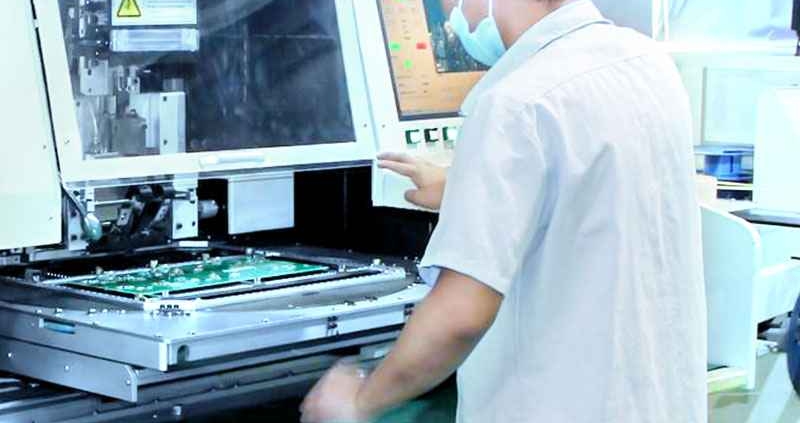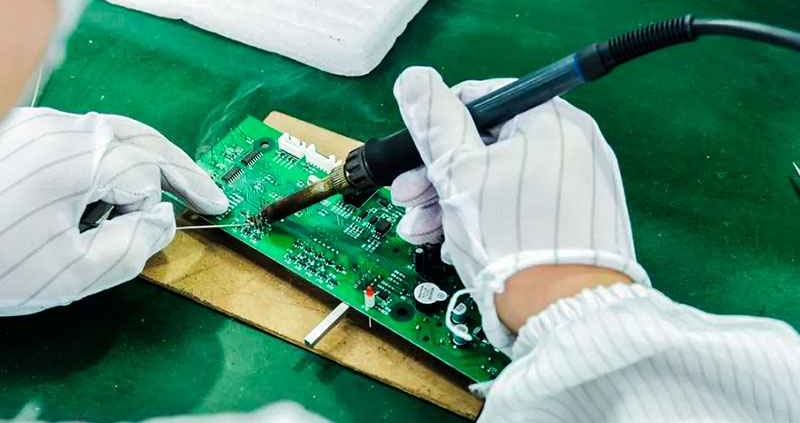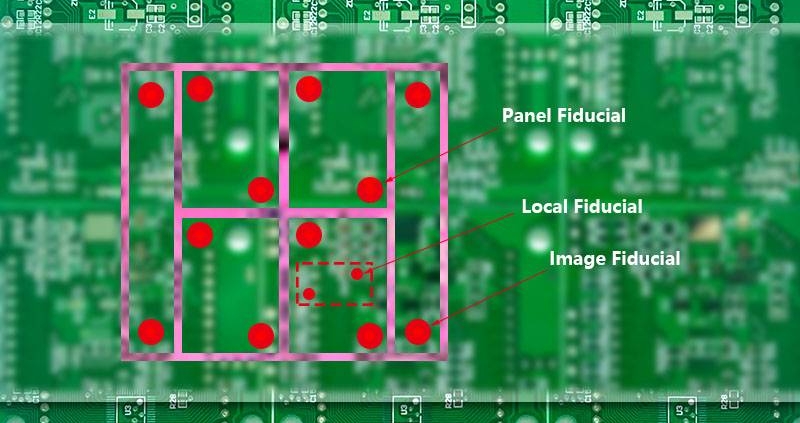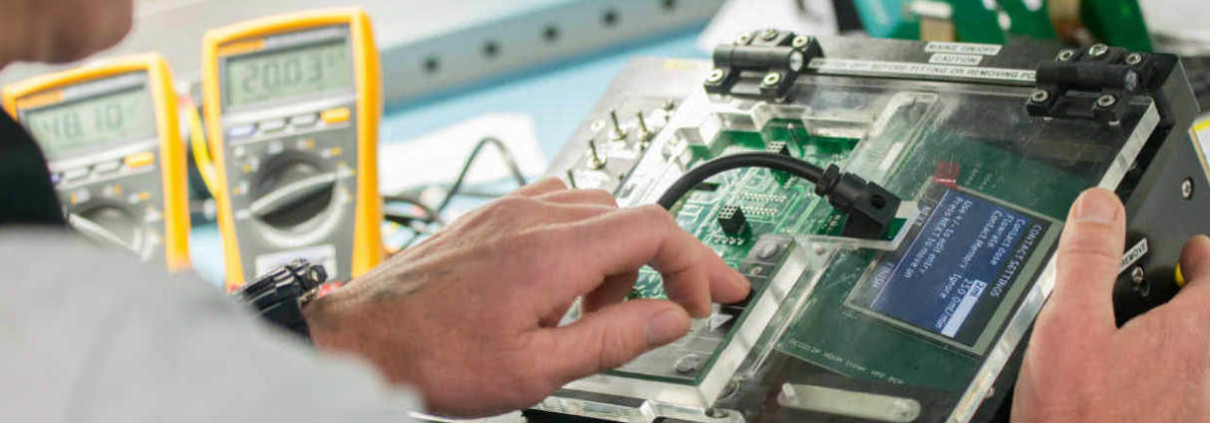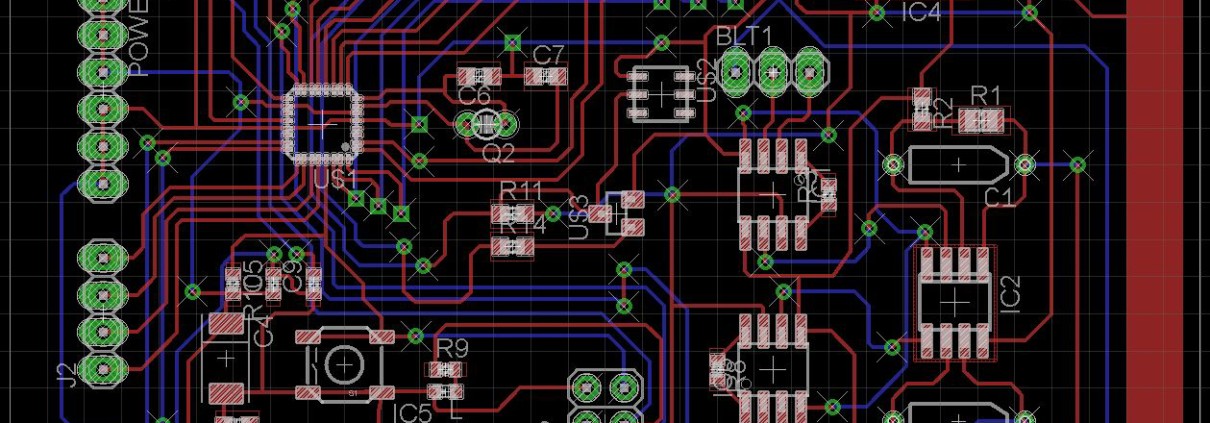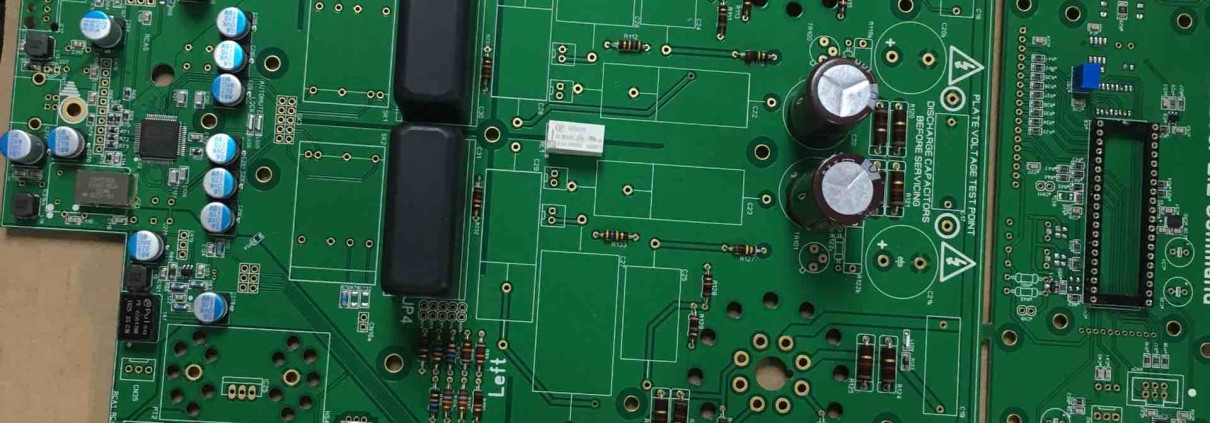2016 China Printed Circuit Board (PCB) Industry
The China Printed Circuit Board (PCB) Industry 2016 Market Research Report is a professional and in-depth study on the current state of the Printed Circuit Board (PCB) industry.
The China Printed Circuit Board Industry provides a basic overview of the industry including definitions, classifications, applications and industry chain structure. The Printed Circuit Board market analysis is provided for the international markets including development trends, competitive landscape analysis, and key regions development status. Development policies and plans are discussed as well as manufacturing processes and cost structures are also analyzed. This report also states import/export consumption, supply and demand Figures, cost, price, revenue and gross margins.
Over the five years through 2016, revenue for the Printed Circuit Board Manufacturing industry has increased at an average annualized rate of 8.1% to $78.9 billion. As printed circuit boards are intermediate components, the majority of industry revenue is derived from sales to downstream wireless industries and consumer electronic manufacturing industries. Growing household income in China has led to increasing demand for electronic products, boosting demand for printed circuit boards.
Growth in the Printed Circuit Board Manufacturing industry in China has gradually slowed in recent years. In 2016 alone, industry revenue is expected to grow 6.5%.
The Printed Circuit Board Manufacturing industry has grown rapidly over the past five years. In 2016, industry revenue is expected to reach $78.9 billion. High growth has been driven by greater domestic and foreign demand.
As printed circuit boards are an intermediate product, the majority of industry revenue is derived from sales to downstream wireless industries and consumer electronic manufacturing industries. Growing household income in China has led to increasing demand for electronic products, creating demand for printed circuit boards. However, wireless and consumer electronics industries are subject to rapid technological change, which brings about intense competition, short product life cycles and significant fluctuations in product.


